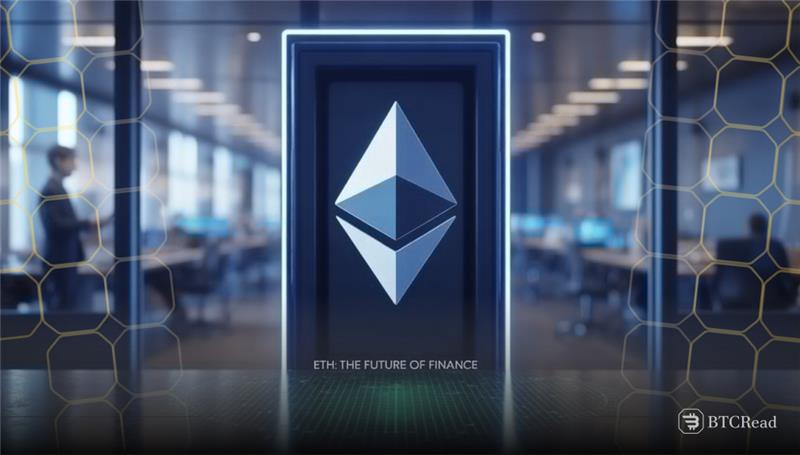Four U.S. public companies have quietly transformed their financial playbooks in 2025. SharpLink Gaming, Bitmine Immersion Tech, Bit Digital, and BTCS Inc. now hold large Ethereum reserves and actively stake them on-chain.
They have moved away from the traditional Bitcoin holding model and are reshaping their balance sheets with Ethereum instead. These companies did not start as Ethereum advocates. SharpLink began in gaming tech, Bitmine in Bitcoin mining, Bit Digital in digital infrastructure, and BTCS in blockchain services.
Each firm transitioned under strategic leadership, targeting ETH for its yield and deeper ecosystem use. The appeal lies in ETH’s proof-of-stake model, which delivers regular income through validator rewards.
They use external capital to buy ETH. None of them rely on business profits to do so.
Ethereum staking grows as firms secure fresh capital
PIPE deals, equity issuance, convertible debt, and BTC liquidation now fund these reserves. SharpLink alone raised $420 million from private investors and aims for a $6 billion ATM cap. Bitmine secured $250 million with a share issue. Bit Digital mixed Bitcoin sales with a $172 million public offering.
BTCS combined multiple financing routes, targeting compounding ETH-per-share growth. SharpLink now holds 358K ETH, while Bitmine owns over 300K. Bit Digital has about 120K ETH, and BTCS discloses nearly 32K. Most of this ETH is staked. SharpLink and Bit Digital both earn annual returns from native staking.
BTCS uses a broader strategy, blending Rocket Pool, Aave lending, and solo staking. Bitmine plans to stake soon after completing its fundraise.
Market responses have been sharp. SharpLink shares spiked from $2.58 to over $124, then dropped to $29.
Bitmine soars then falls after IPO in ETH hype
Bitmine rose post-IPO to $161 before falling to $42. BTCS and Bit Digital also saw large price swings. These rallies reflect ETH accumulation hype, but the volatility exposes underlying risk. Staking returns may fall as more validators join the network.
Staked ETH stays locked, making it hard to sell quickly in downturns. Financing pressures could rise if market sentiment shifts. On-chain errors or smart contract flaws add another layer of risk. No single firm has claimed the “Ethereum MicroStrategy” title.
SharpLink shows promise with transparency and capital strength. But ETH’s technical demands and complex identity make leadership harder to define. BTC has MicroStrategy. ETH still waits for its corporate champion. Until then, this new model remains a high-risk experiment in capital markets.







